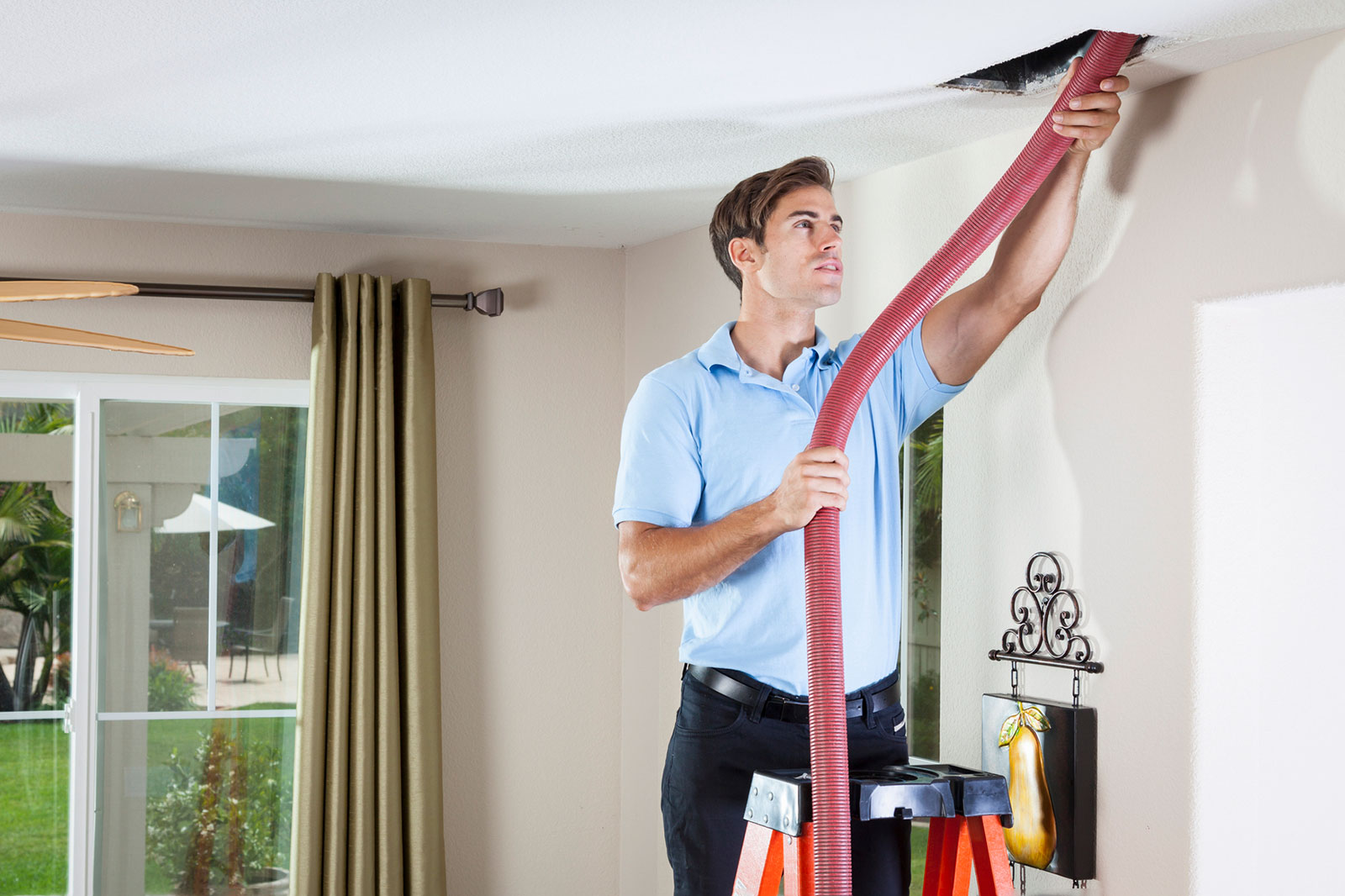The functioning of HVAC (Heating, Ventilation, and Air Conditioning) systems is fundamental to maintaining a comfortable indoor environment. When these systems require maintenance, different cleaning and purging processes are part of the routine. But heres the big question: why is oxygen never used to purge an HVAC system? Perhaps you have heard that using oxygen in HVAC purging is a bad practice, but may not know the specific reasons.

Understanding HVAC Systems
HVAC systems are crucial in both residential and commercial buildings. They regulate the indoor climate by controlling temperature, humidity, and air quality. From ensuring our homes stay warm during winter to keeping them cool during summer, HVAC systems perform an indispensable role.
Components of HVAC Systems
- Air Conditioning units
- Furnaces
- Ventilation ducts
- Thermostats
Each of these components requires regular maintenance to function correctly. One such aspect of maintenance involves purging. But what exactly is purging, and why is it essential?
The Importance of Purging HVAC Systems
Purging is the process of cleaning out unwanted air, gases, or other contaminants from the HVAC system. This is an essential part of system maintenance to ensure efficiency and prolong its lifespan. Not all gases are suitable for purging. So, why is oxygen never used to purge an HVAC system?
The Explosive Potential of Oxygen
Oxygen supports combustion, making any purging process involving this gas extremely dangerous. Even small amounts of lubricants or materials like metal shavings inside the system can ignite easily, leading to fires or explosions.
Chemical Reactions with System Materials
Oxygen can react chemically with other materials in the HVAC system, causing oxidation. Oxidation can lead to corrosion and degradation of system components, significantly reducing their lifespan.

Safe Alternatives to Oxygen in Purging
If oxygen is unsafe, what is used instead?
- Nitrogen: Nitrogen is inert, non-reactive, and non-flammable, making it an ideal choice for purging HVAC systems.
- Carbon Dioxide: Another safe option, although less commonly used than nitrogen.
These gases ensure that the purging process is conducted safely and effectively without endangering the system or surrounding environment.
Nitrogen: The Preferred Choice
Nitrogen is preferred because of its inert nature. It can easily displace oxygen and other impurities without causing any chemical reactions with materials in the system.
Approved Safety Measures
When purging your HVAC system, consider the following safety measures:
- Use only recommended and non-flammable gases like nitrogen.
- Ensure that the system is turned off and safely isolated before starting the purging process.
- Always work in a well-ventilated area to avoid the accumulation of gases.
For more information on the durability of HVAC systems, check out HVAC System Longevity.
Technology Advancements in HVAC Purging
Advancements in HVAC technology have introduced more efficient and safer methods for purging systems. Automated purging systems are increasingly becoming popular due to their ability to monitor and control gas flow accurately.
Automated Purging Systems
These systems offer:
- Precise control of gas flow rates
- Real-time monitoring
- Improved safety features
For those curious about the costs involved, you might find HVAC System Costs informative.
Case Studies: Risks of Using Oxygen
History is filled with unfortunate instances where improper purging has led to disastrous consequences. Using oxygen has been the culprit in several cases:
Industrial Accidents
In industrial settings, there have been numerous reports of explosions and fires due to the use of oxygen for purging.
Lessons Learned
These incidents serve as critical lessons, underscoring the importance of adhering to recommended safety practices in HVAC maintenance.
Expert Opinions
Industry professionals are unanimous in their advice: never use oxygen to purge HVAC systems. Renowned safety consultant, Jane Doe, notes, The risks are too significant to gamble with using oxygen for purging HVAC systems. Safe practices save lives and property.
Testimonials
Experienced HVAC technicians share similar sentiments:
Ive seen firsthand the kind of damage improper purging can cause. Nitrogen is always the safest bet. John Smith, Senior HVAC Technician.
Concluding Thoughts
Understanding why oxygen is never used to purge an HVAC system is crucial for anyone involved in the maintenance and operation of these systems. Safety and efficiency are paramount, and acknowledging the dangers associated with oxygen can go a long way in preventing accidents.
For more insights on affordable HVAC systems, read about Trane HVAC Costs.
FAQs
Why is nitrogen used to purge HVAC systems?
Nitrogen is inert, non-reactive, and non-flammable, making it ideal for safely displacing air and contaminants in HVAC systems.
Are there any risks with using nitrogen?
While nitrogen is generally safe, ensuring proper ventilation is essential to avoid suffocation risks in enclosed spaces.
Can any other gases be used for purging?
In addition to nitrogen, carbon dioxide is sometimes used, although it is less common. Always consult with a professional to determine the best option.
